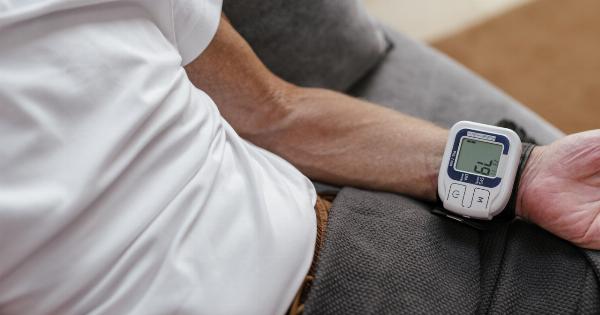The heart is one of the most crucial organs in the body, responsible for pumping blood and oxygen to all the vital organs.
Heart disease, also known as cardiovascular disease, refers to any condition that affects the heart’s functioning, including the blood vessels leading to and from the heart. This disease is considered the leading cause of death worldwide, affecting millions of people every year.
Certain factors may increase one’s risk of developing heart disease. These may include lifestyle factors such as smoking, poor diet, and sedentary lifestyle, genetics, age, gender, and family history.
Understanding Wrist Circumference and Its Role in Heart Disease
Wrist circumference is the measurement of the wrist’s circumference using a measuring tape. Studies have suggested that individuals with a larger wrist circumference may be at increased risk for heart disease.
Specifically, estimates suggest that an individual with a wrist circumference of less than 6.7 inches in women and less than 7.87 inches in men may be at an increased risk of developing cardiovascular conditions.
Factors that May Affect the Relationship Between Wrist Circumference and Heart Disease
While wrist circumference may provide a simple and non-invasive way to determine one’s risk for heart disease, certain factors may affect the relationship between wrist circumference and heart disease.
For instance, factors such as body mass index (BMI), age, and gender may impact the wrist circumference-heart disease association. Specifically, individuals who are overweight or obese or older may have a higher risk of developing heart disease, irrespective of their wrist circumference.
Similarly, other factors like race and ethnicity may also play a role in the relationship between wrist circumference and heart disease.
How to Determine Your Wrist Circumference
The process of determining your wrist circumference is straightforward and requires a measuring tape. The steps include:.
- Locate the bony point (styloid process) at the base of your palm
- Wrap the measuring tape around the wrist at the bony point
- Note the measurement
If your measurement is less than 6.7 inches for women or 7.87 inches for men, it is recommended, you consult with your physician on the potential risks and precautions to take.
Precautions to Take if At an Increased Risk of Heart Disease
If your wrist circumference indicates an increased risk of heart disease, it is essential to seek medical advice on reducing the risks. Some of the measures include:.
- Quitting smoking
- Regular Physical exercise
- Maintaining a healthy diet and avoiding processed foods
- Managing other health conditions like hypertension and diabetes
- Regular health check-ups to monitor your health status
These measures, when applied consistently, may help in reducing the risk of developing heart disease.
Conclusion
While wrist circumference may be a reliable indicator of increased risks of heart disease, it should not be the only factor considered.
Other factors such as lifestyle habits, age, genetics, and medical history contribute significantly to heart disease risks. Therefore, a holistic approach that addresses these risk factors and promotes healthy living should be adopted to reduce or prevent heart disease.



























